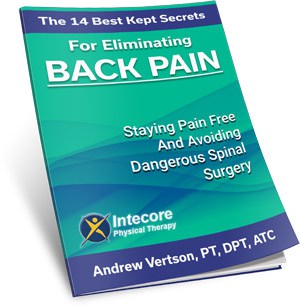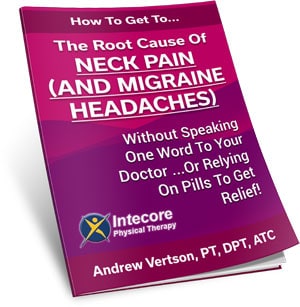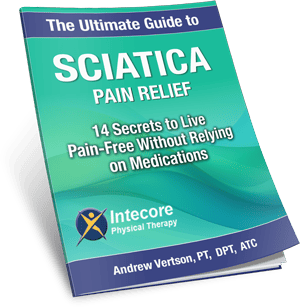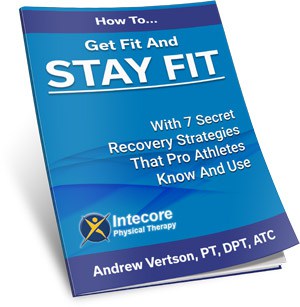With Thanksgiving only one week away, many people are laced up for their annual “Turkey Trot” race. Many of those taking part will develop severe foot pain after the race, a pain called plantar fasciitis.
Plantar fasciitis is generally considered an overuse syndrome of the “plantar fascia” and is a common problem in the foot. The plantar fascia is a thick, fibrous, connective tissue in the bottom of the foot that spans the length of the foot from the heel and fanning out to the toes. Approximately 1 in 10 individuals will experience plantar fasciitis with the most common age group being 45-64-year-old individuals.
Risk factors for developing plantar fasciitis include obesity, decreased dorsiflexion range of motion, and excess time spent on your feet. The strongest predictor of this ailment is dorsiflexion range of motion – or your ability to lift your foot towards your shin – nearly 25% of those people with limited dorsiflexion motion will develop this condition. Do you often these those ads for shoe insets to change pressure on your foot? Research has shown NO correlation between abnormal foot posture and the development of plantar fasciitis.
Key signs of plantar fasciitis include pain of gradual onset, pain with first step in the morning, and pain with pressure on the medial heel.
Physical Therapy is a commonly used to alleviate symptoms of plantar fasciitis. A treatment for plantar fasciitis usually consists of manual therapy directed at remodeling the tendon via transverse friction massage and myofascial release. Due the attachments between the plantar fascia and Achilles tendon, treatment of the calf as well and ankle range of motion is equally important. Therapeutic exercise’s will involve stretching of the plantar fascia, stretching of the calf, joint mobilization of the ankle, and strengthening of the foot’s arch, as well as strengthening of the hip and knee.
Do you need help fix your trot? Inquire about physical therapy by Clicking Here!
- What Is Gout? Why It Happens and What You Can Do About It - November 17, 2025
- 3 Essential Back-Saving Tips You MUST Know Before Any Workout - November 14, 2025
- Are You Experiencing Shoulder Pain from Sleeping Wrong? - October 21, 2025














